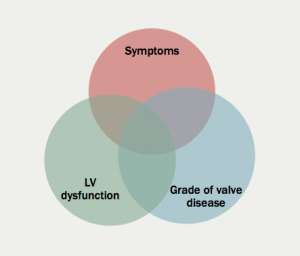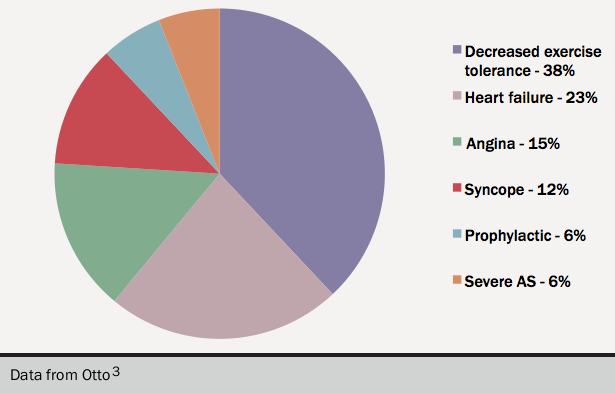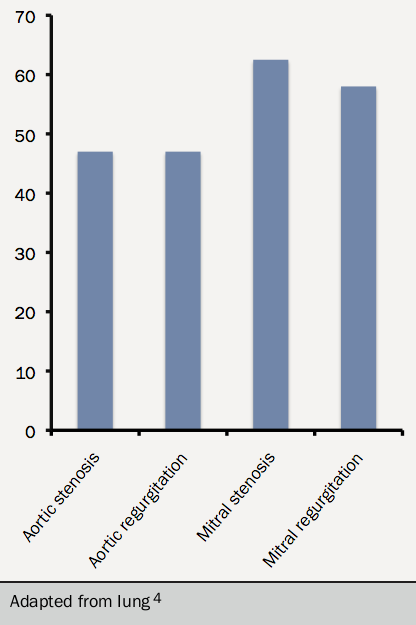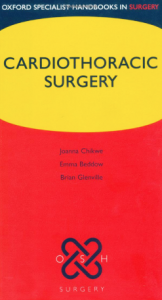
Introduction
Surgery in left-sided valve heart disease (mitral and aortic valves) is usually indicated for significant valve disease associated with either symptoms or with evidence of left ventricular dysfunction (figure 1).
Surgery is indicated for mitral stenosis, with a raised pulmonary artery (PA) pressure before right ventricular (RV) dysfunction develops. Criteria for surgery are provided by European Society of Cardiology (ESC) and American Heart Association (AHA) guidelines which are similar.1,2


As patients slow down to avoid symptoms (figure 23) exercise testing should be considered in all patients at low risk for surgery, to confirm that they are truly asymptomatic.
For all heart valve disease patients a combination of symptoms and severe disease is a class I indication for surgery.
Surgery, when indicated, should be performed at the start of mild but definite symptoms. The risk of surgery doubles with severe symptoms and recovery is slower. In the EuroHeart survey 50% of all patients having surgery were in New York Heart Association (NYHA) Class III or IV (figure 34).
This module will describe indications for surgery according to the valve affected. The module will not cover the techniques of conventional heart valve surgery. However the video below provides coverage of an open chest heart valve replacement operation. Module 10 covers aspects of transcatheter aortic valve implantation (TAVI) and transcatheter mitral techniques.
For those wishing to read about heart valve surgery in general, the following text is recommended:
Oxford Specialist Handbooks in Surgery – Cardiothoracic Surgery
Authors: Joanna Chikwe, David Tom Cooke, Aaron Weiss
Second Edition- ISBN 978-0-19-964283-0
Published by: Oxford University Press (www.oup.com)
Great Clarendon Street, Oxford OX2 6DP
First Edition published in 2006. Second Edition published in 2013

